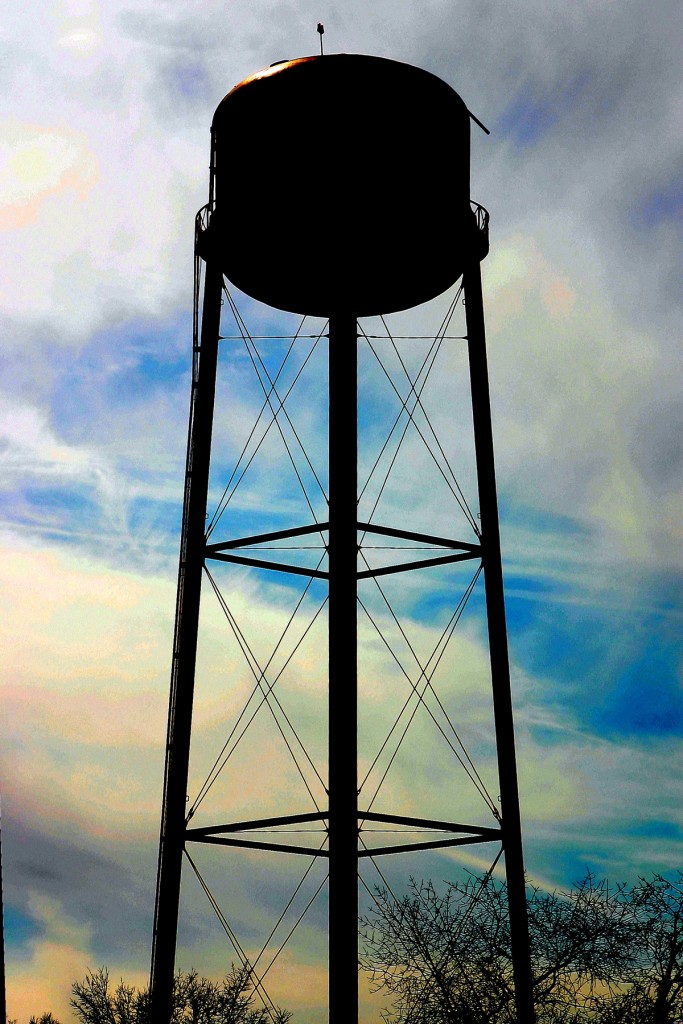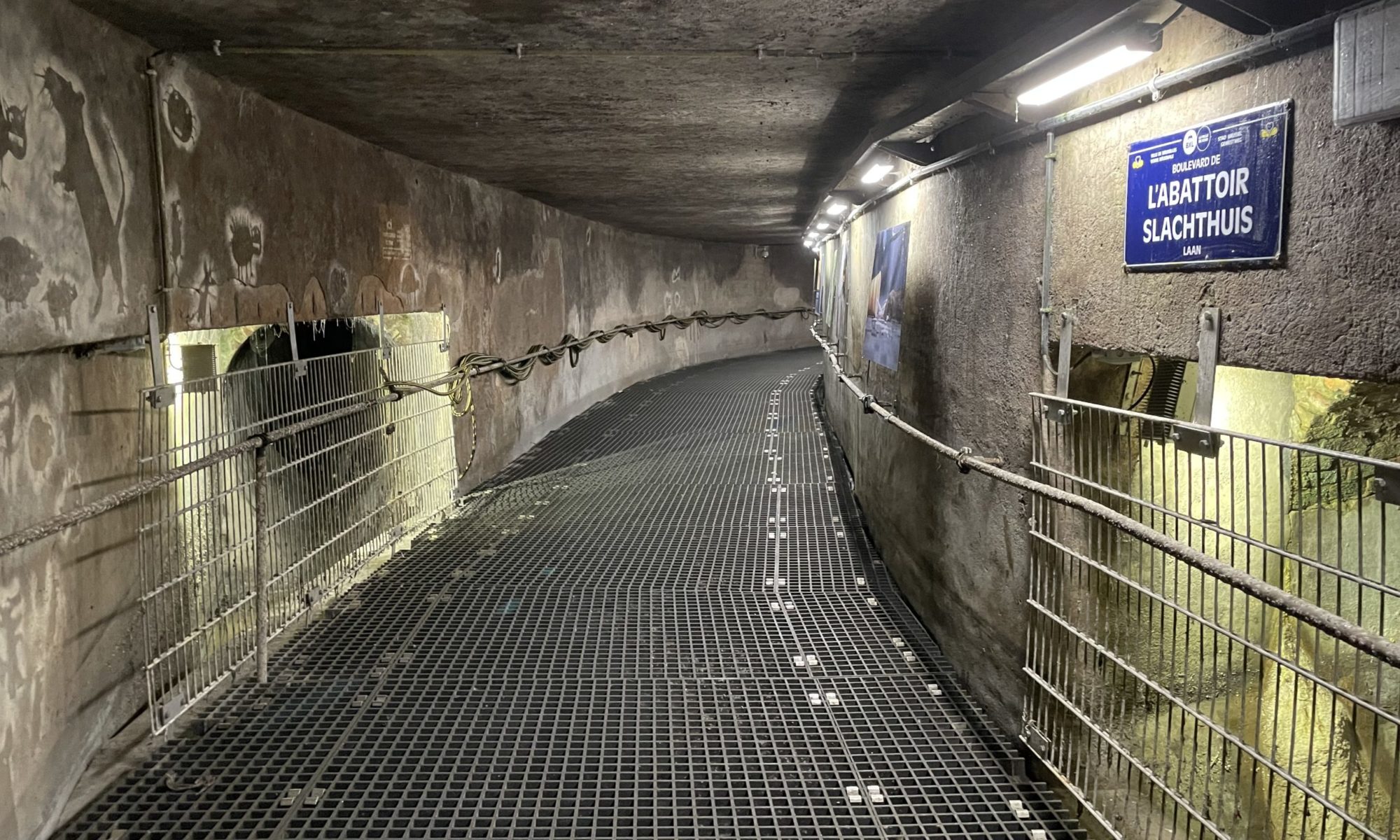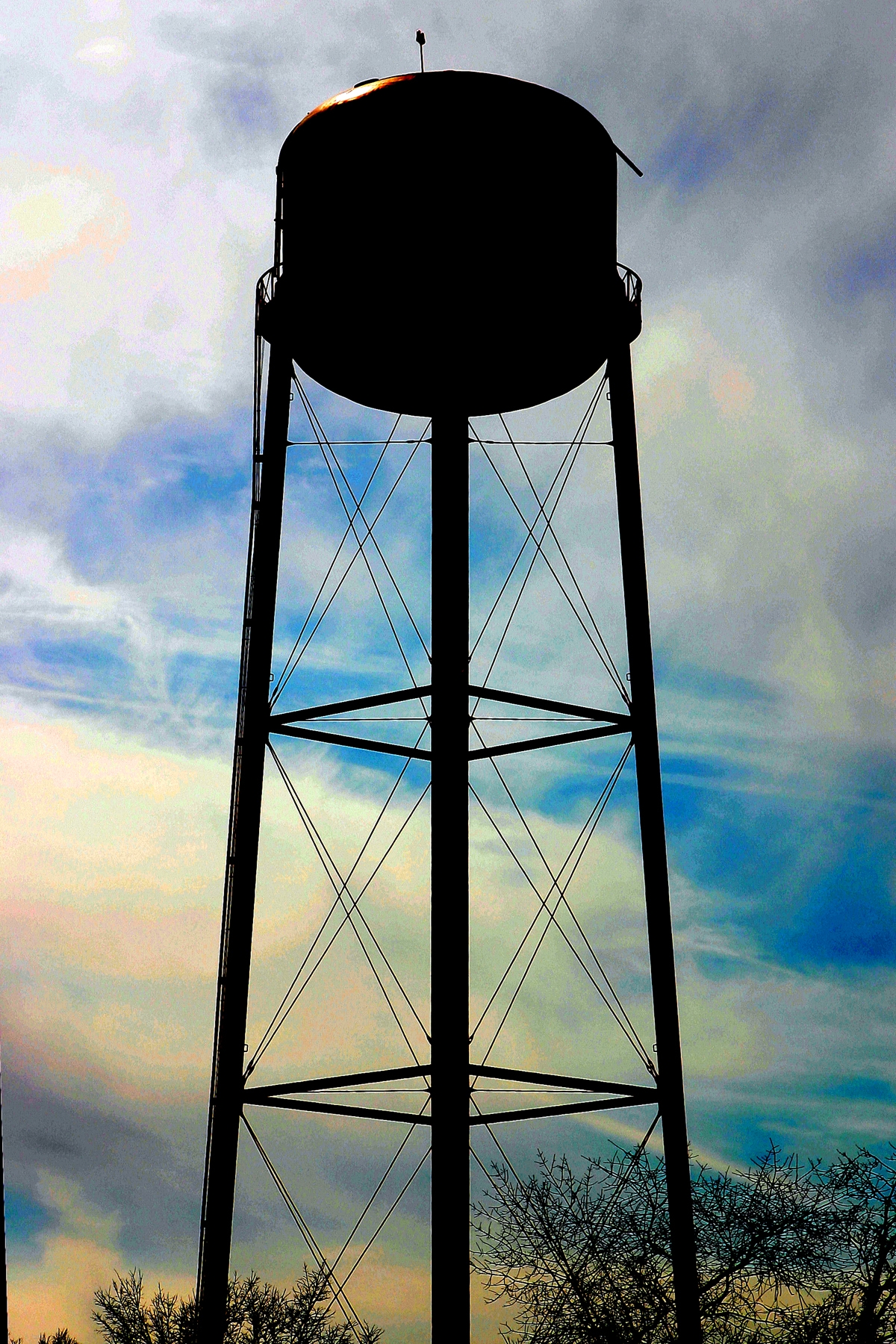 Recently I read that the USEPA is considering revising the Lead and Copper regulations because of public concern over the drinking water issue in Flint, Michigan, and lead poisoning in general. And it got me wondering if the USEPA is going to develop a more comprehensive approach to addressing lead and copper in our water systems, will they add in regulations to address lead paint on elevated water tanks? I have not really seen any data on how many tanks in our country might still have lead paint, but based on my past experience, I would guess most tanks painted prior to the late 1970s could still have a lead paint coating if the original paint had not been removed by sandblasting to bare metal. I also have not seen any data indicating leaving the lead paint in place is causing any issues, but if we are talking about replacing all the lead pipes in the country even if phosphates are used and lead is no longer leaching into the water, why would we not at least discuss the pros and cons of requiring removal of lead paint from our elevated water tanks?
Recently I read that the USEPA is considering revising the Lead and Copper regulations because of public concern over the drinking water issue in Flint, Michigan, and lead poisoning in general. And it got me wondering if the USEPA is going to develop a more comprehensive approach to addressing lead and copper in our water systems, will they add in regulations to address lead paint on elevated water tanks? I have not really seen any data on how many tanks in our country might still have lead paint, but based on my past experience, I would guess most tanks painted prior to the late 1970s could still have a lead paint coating if the original paint had not been removed by sandblasting to bare metal. I also have not seen any data indicating leaving the lead paint in place is causing any issues, but if we are talking about replacing all the lead pipes in the country even if phosphates are used and lead is no longer leaching into the water, why would we not at least discuss the pros and cons of requiring removal of lead paint from our elevated water tanks?
I know in one city where I worked, one of the tanks for which I prepared specifications for repainting definitely had lead paint which surprised me because it had been painted about 1977-78. The reason it was surprising is that by the late 1970s, people in the industry must have been well aware that lead paint was being phased out. So I could not figure out why the consultant who developed the specifications and managed the construction and painting of that 1 million gallon tank allowed the contractor to use lead paint. But because he did, I was faced with the decision 30 years later to just do minor sandblasting and paint over the remaining paint or to blast to bare metal and repaint. Although it was more costly, I chose the latter because I could not imagine leaving lead paint on the tank and risking a problem in the future. Unfortunately I left the position before the tank painting was put out to bid, so I can't guarantee the city chose in the end to follow that plan since it was more costly.


